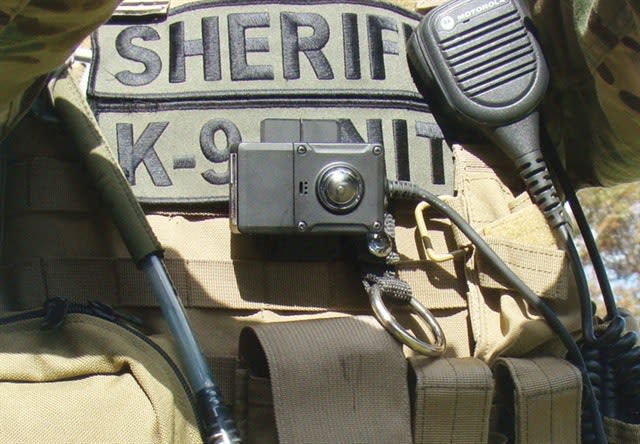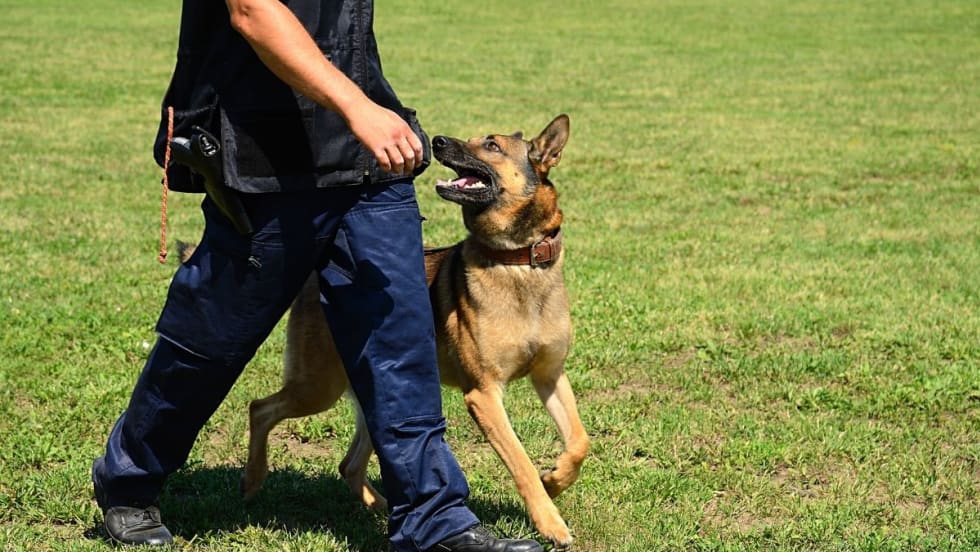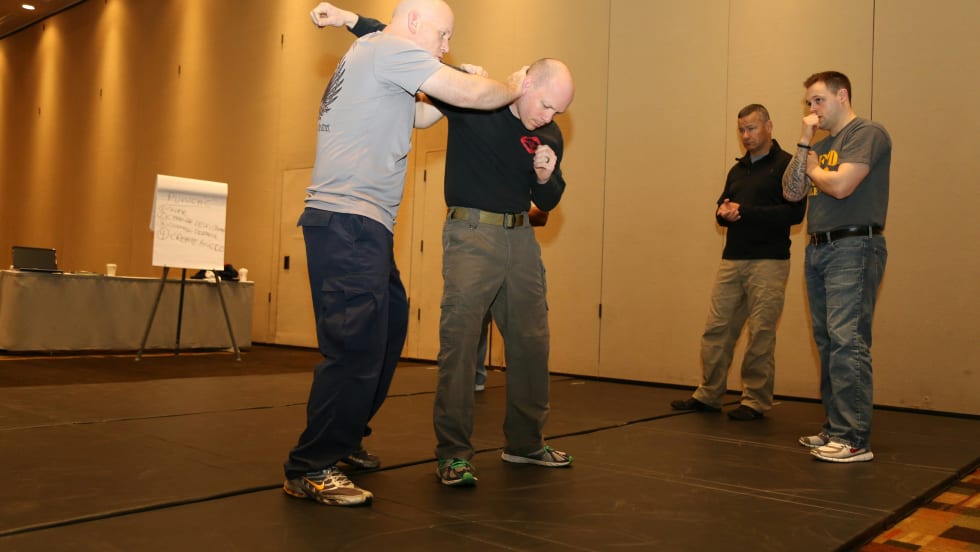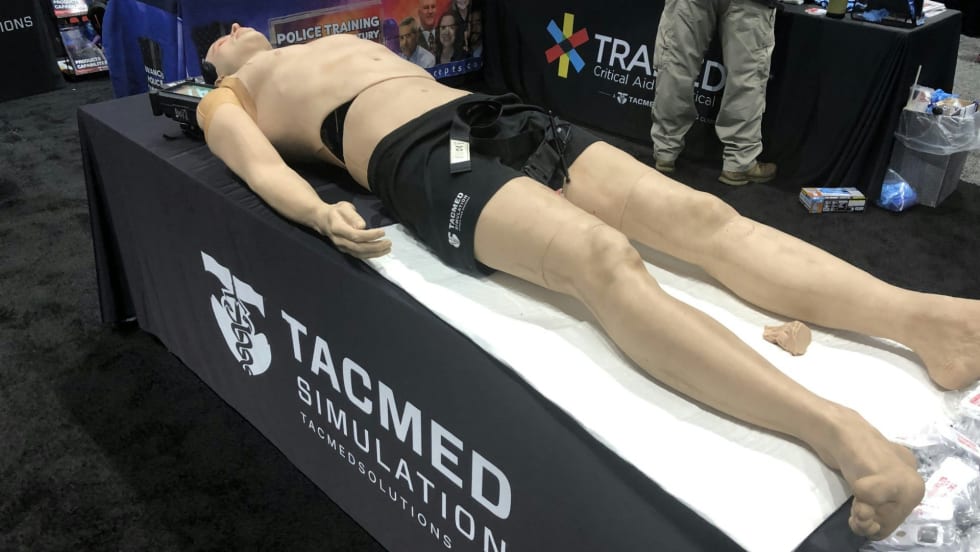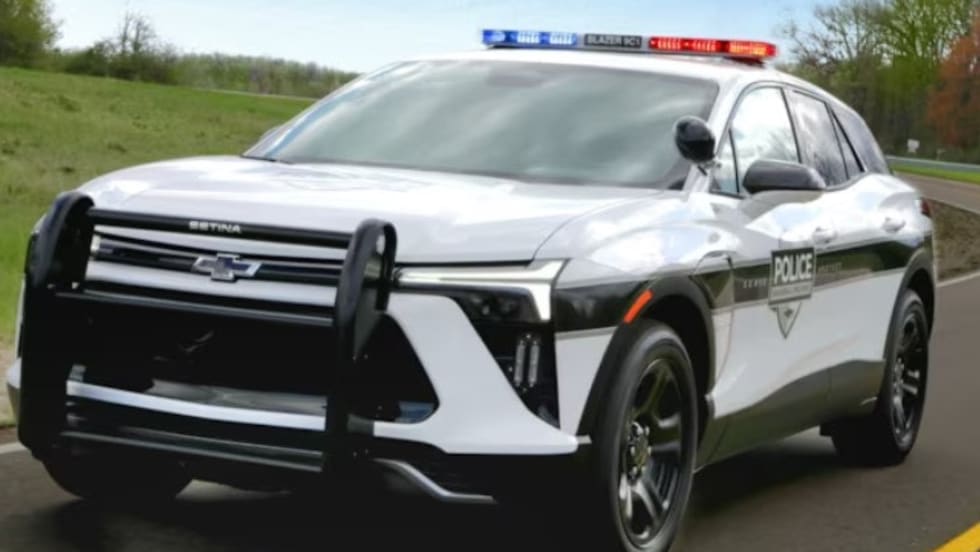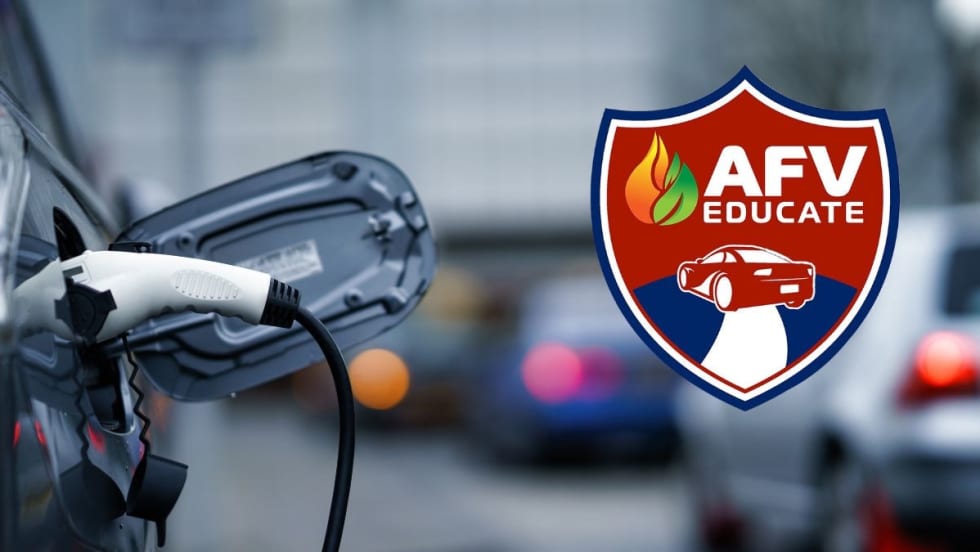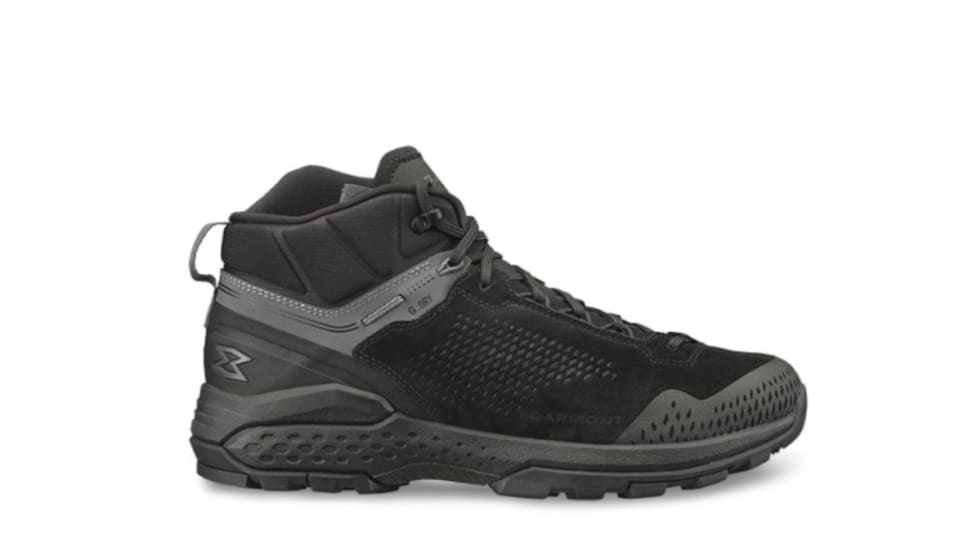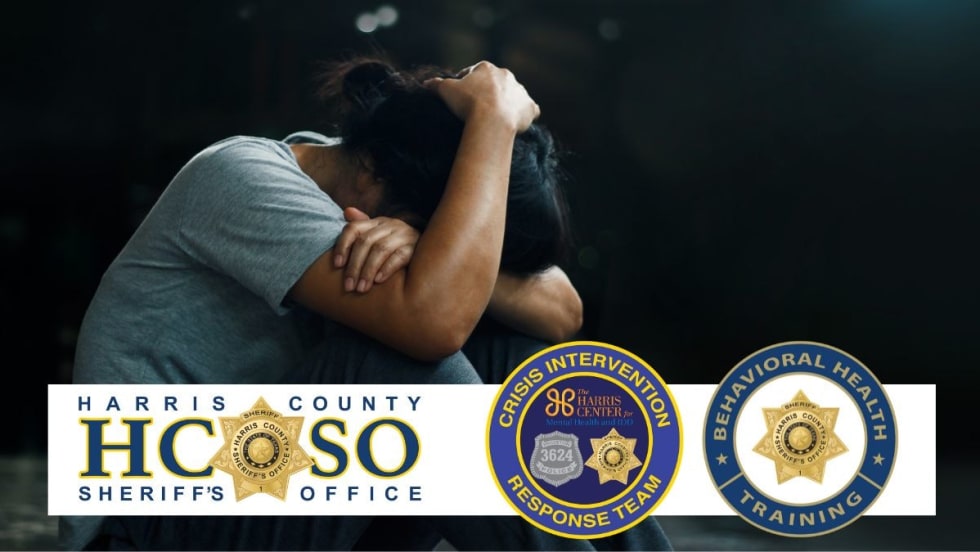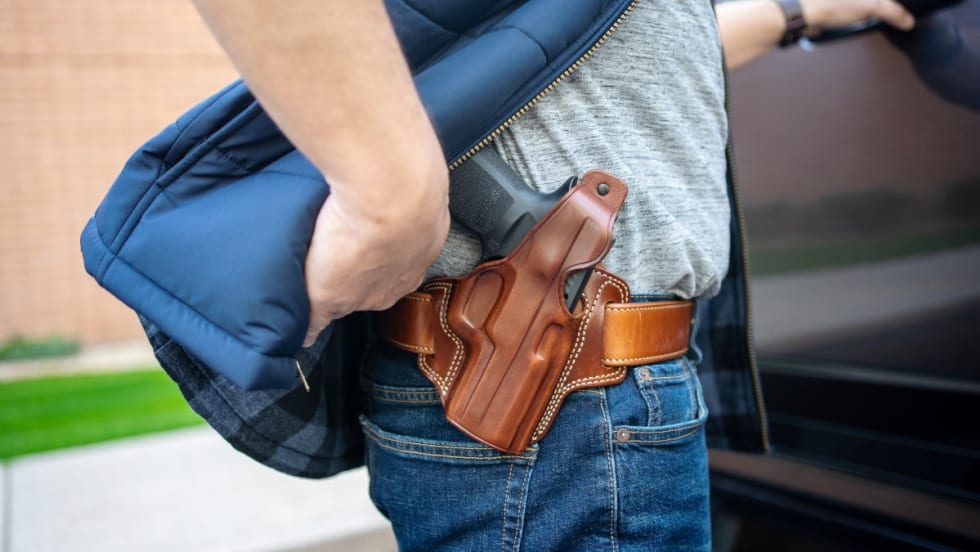Panasonic launched its WVTW310 wearable camera system at IACP 2012. The camera offers a field of view of 180 degrees (left to right) and 140 degrees (up and down). "Standing at typical interview distance, the camera can see above the person's head and their feet," says John Cusick, Panasonic product manager for mobile security. In addition to the wide-angle view, which is flattened to prevent a fisheye effect, the Panasonic system features gyroscopic correction, vibration stabilization, and low-light capability. The wearable camera uses the same backend software and evidence management as Panasonic's Arbitrator in-car system. That means files from the wearable system can be attached to Arbitrator files and seen as continuous evidence.
The TASER Axon Flex is one of the few on-body systems designed to be mounted on the officers head. The lightweight camera, which is made by Samsung, attaches to eyewear or a cap. It can also be worn on a collar, epaulet, or helmet. The Axon Flex can even be attached to the dashboard of a car. The lightweight recording unit attaches to the officer's belt. Video resolution is 640x480 with a 75-degree field of view and a record time of four hours (12 hours on standby). A pre-event recording feature captures 30 seconds of video before the officer activates the system. The Axon Flex works in tandem with TASER's Evidence.com cloud storage and Internet supported data management software.
Seattle-based Vievu's LE4G recorder and camera captures high-res video (1280x720) and offers live streaming for remote viewing. Users can download files over Wi-Fi. Vievu's all-in-one PVR-LE2 records up to four hours onto an SD card. It's about the size of an iPod. Both systems work in tandem with Vievu's VeriPatrol software and cloud-based evidence management system.
Related:
On-Body Video: Eye Witness or Big Brother?



